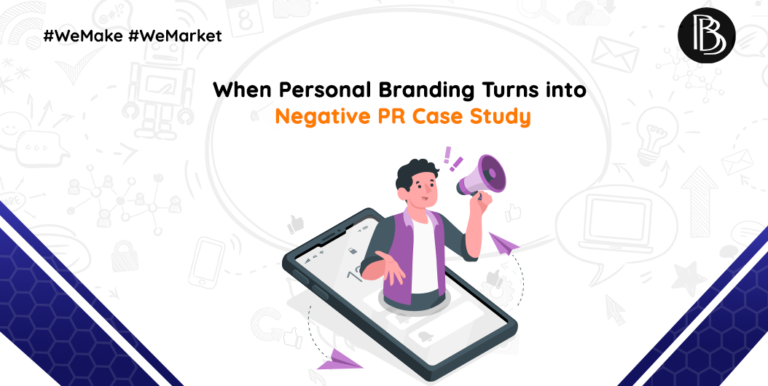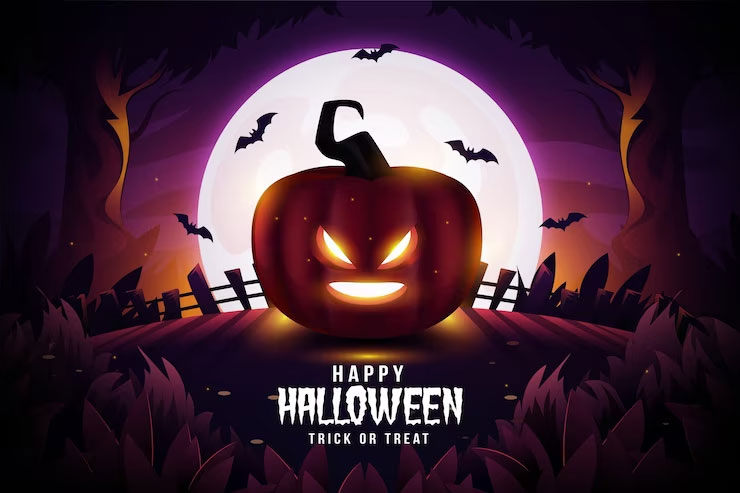DIY Photography Tips for Website Owners
In today’s fast-paced digital realm, your website’s visual appeal can make or break that critical first impression. At Bit Binders, our journey into software and web application development since 2013 has taught us the significance of high-quality images. This blog is our way of sharing some down-to-earth DIY photography tips specifically tailored for website owners. We’ll cover the basics—lighting, composition, and photo editing tools—to help you breathe life into your brand through stunning visuals.

- The Art of Lighting: Every great photo is a dance with light. Embrace natural light, especially during that magical golden hour. Experiment with different times of the day to capture warm, soft tones that give your visuals a professional touch. Indoors? Opt for soft, diffused light sources to soften shadows and create a more flattering look.
- Crafting Composition: Think of composition as the language that speaks your brand’s story visually. The rule of thirds is your ally—place your subject off-center for a balanced, visually appealing image. Play with angles to discover the most captivating perspectives. Incorporate leading lines, symmetry, and framing to guide your viewers seamlessly through your visual narrative.
- Consider Your Camera: While smartphones do wonders, a dedicated camera can level up your photography game. Think DSLR or mirrorless for greater control over settings like aperture, shutter speed, and ISO. It’s about adapting to different shooting conditions and capturing your products or services in all their glory.
- Define Your Brand’s Look: Before you start snapping away, nail down your brand aesthetic. Define your colors, style, and mood. Consistency in visual elements across your site creates a memorable user experience. Use your photos to tell your brand’s story and evoke the emotions you want from your audience.
- Play with Photo Editing: Post-processing is where the magic happens. Experiment with editing tools like Adobe Lightroom or Canva to enhance colors, correct exposure, and add a dash of creativity. Aim for a consistent editing style to maintain a cohesive visual identity.
- Optimize for the Web: Large image files can put the brakes on your site’s loading speed, impacting user experience and SEO. Resize and compress your images without sacrificing quality before uploading. Strike the right balance between image quality and file size for optimal website performance.
Conclusion:
As a team that understands the impact of captivating visuals, Bit Binders encourages you to take the reins with these DIY tips for better photography .Elevate your website’s aesthetics, engage your visitors, and let your brand’s story unfold through powerful visuals. Remember, creating stunning images is a journey of experimentation and refinement.







